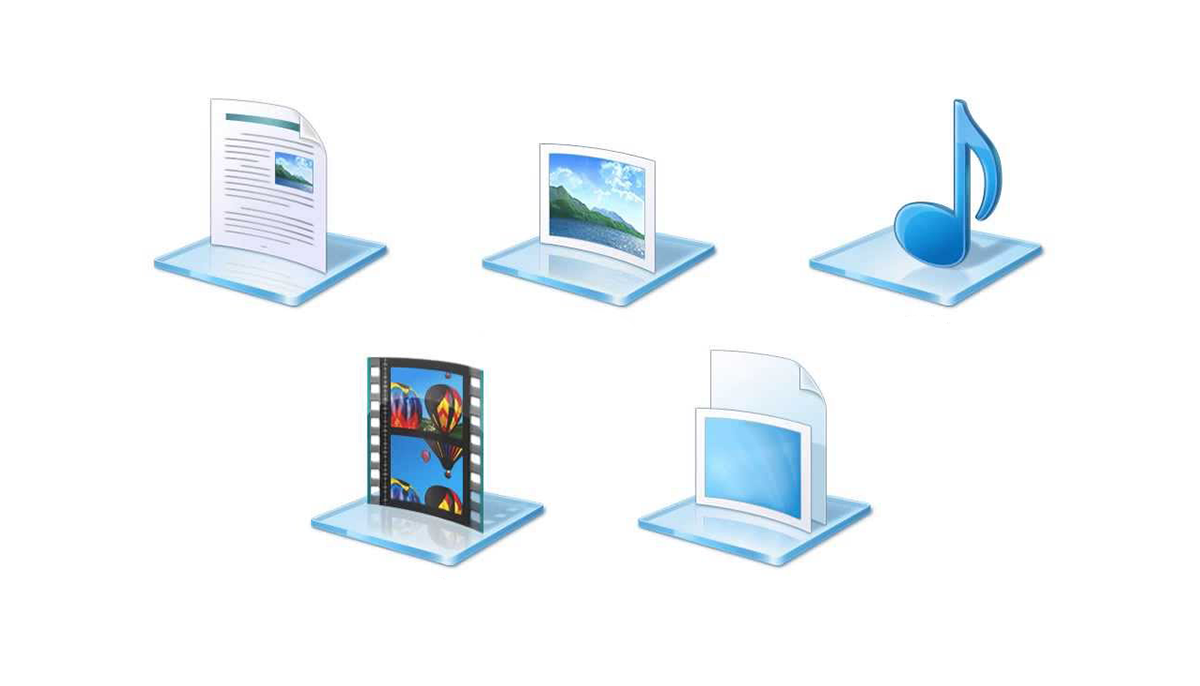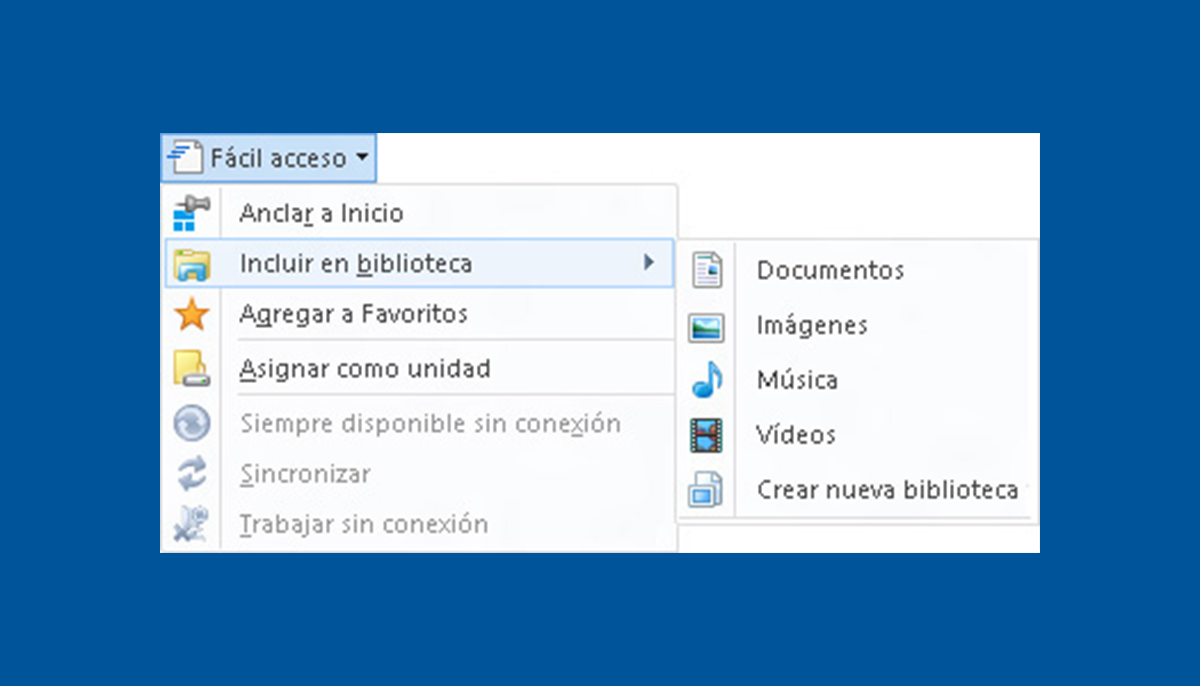- Windows libraries allow you to organize files without moving them from their location.
- Libraries can be created and customized to improve data management.
- It is important that the included folders are indexed to ensure better performance.
- Some storage locations do not support Windows libraries.

Libraries in Windows are a really useful tool for organizing and accessing files distributed in different locations, without having to physically move them. Although at first glance they resemble conventional folders, Its functionality goes far beyond, allowing more efficient management of documents, images, music and videos.
If you've ever wondered How to get the most out of libraries in WindowsIn this article we will explain in detail their use, how to configure and manage them correctly. We will explore all their features and How you can use them to improve your file organization experience.
What are libraries in Windows?

Libraries in Windows are virtual containers They allow you to view and manage files located in different folders in the system. Unlike traditional folders, they do not store files directly, but rather create a unified view of them, making it easy to access them without having to move them from their original location.
By default, Windows includes four main libraries:
- Documents: To store and organize text documents and related files.
- Music: Ideal for managing collections of music and other audio files.
- Images: Designed to organize photographs and other images.
- Videos: Especially useful for managing video files.
How to display libraries in File Explorer
By default, libraries may be hidden in Windows. However, you can easily enable them by following these steps:
- Open the File Explorer.
- Click on the tab View.
- Select Navigation panel.
- Activate the option Show libraries.
Once activated, libraries will appear in the side panel of File Explorer, allowing you to access them quickly.
Advantages of using libraries in Windows
The use of libraries offers multiple benefits that can facilitate file management:
- Unified access: They allow you to view files from different folders in one place.
- Flexible organization: You can group and classify files without physically moving them.
- Optimized search: Improves the speed and efficiency of document searches.
- Personalized management: Custom libraries can be created according to user needs.
How to create and customize a library

If you need a specific library to better organize your files, you can create a new one in just a few steps:
- Open File Explorer and go to the section Libraries.
- Right-click on an empty space and select New > Library.
- Give the new library a name.
- Right click on it, select Properties and add the folders you want to include.
You can also define a default folder where files will be saved when copied to the library.
Advanced settings for administrators
If you manage a work environment or network, libraries can be configured to provide a better experience for your users:
- Creating and deploying custom libraries: By implementing *.library-ms files.
- Hiding default libraries: To avoid confusion and improve organization.
- Definition of specific locations: To control where files are stored and accessed.
- Disabling advanced libraries: Useful in environments where file caching is not required.
Indexing requirements and core libraries
To get the most out of your libraries, it is recommended that the included folders be indexedThis allows us to do faster searches and precise.
If a location is not indexed, the library will operate with limited features:
- Searches will only be performed by basic keywords.
- Advanced suggestions will not be displayed.
- Files cannot be organized by metadata.
Supported storage locations

Not all locations are supported by Windows libraries. Below are the limitations. available options:
| Allowed locations | Locations not allowed |
|---|---|
| Local hard drives (NTFS/FAT) | USB drives and SD cards |
| Network indexed shares | NAS devices without indexing |
| Folders available offline | Folders on DFS servers or clusters |
How to avoid common problems
If you experience problems with libraries, consider these solutions:
- Verify that all included folders are accessible and correctly indexed.
- If a library does not show files, try deleting it and recreating it.
- Set the default save locations appropriately to avoid confusion.
Using libraries in Windows is a practical and efficient way to manage files without having to move them from their original location. Thanks to its many advantages, users can access documents, images and other files quickly and in an organized manner. Setting up and customizing libraries is a simple process, and with the advanced options available, both home users and system administrators can optimize them to their liking.
I am a technology enthusiast who has turned his "geek" interests into a profession. I have spent more than 10 years of my life using cutting-edge technology and tinkering with all kinds of programs out of pure curiosity. Now I have specialized in computer technology and video games. This is because for more than 5 years I have been writing for various websites on technology and video games, creating articles that seek to give you the information you need in a language that is understandable to everyone.
If you have any questions, my knowledge ranges from everything related to the Windows operating system as well as Android for mobile phones. And my commitment is to you, I am always willing to spend a few minutes and help you resolve any questions you may have in this internet world.